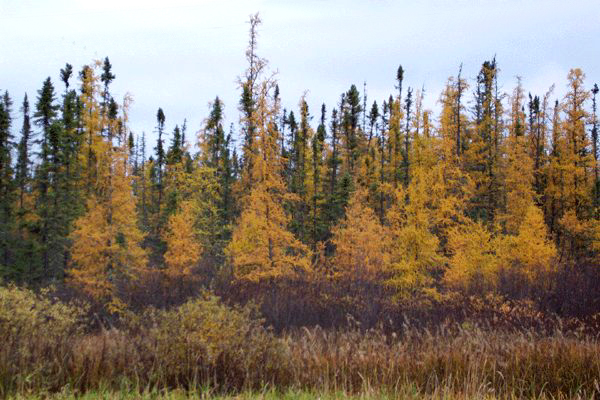Line 29: “Portage” – The action or work of carrying or transporting goods, letters, etc.; carriage. (OED)
Line 33: “Appalachian Spring”
Line 36: “Adirondacks” – A mountain range located in the northeastern part of New York. Often considered a part of the Appalachian Mountains.
Line 37: “tarns” – A small mountain lake, having no significant tributaries. (OED)
Line 39: “Grey tepees” – A tent or wigwam of the American Indians, formed of bark, mats, skins, or canvas stretched over a frame of poles converging to and fastened together at the top. (OED)
Line 39: “tufting” – to form a tuft or tufts; to grow in tufts, clumps. (OED)
Line 44: “siphoned” – To draw off or from, as if by means of a siphon; to divert. (OED)
Line 45: “turbine” – Originally applied to a wheel revolving on a vertical axis, and driven by a column of water falling into its interior, and escaping by pipes, channels, or apertures, so arranged as to press by reaction on the periphery of the wheel, and cause it to revolve in the direction opposite to that of the escaping water. (OED)
Line 47: “Maquokeeta” – Reference to the Sacrifice of Maquokeeta, Crane’s own Native American Spiritual myth; as explained by Gordon Tapper: “There he witnesses the ritualistic killing of Maqquokeeta, who is shot by arrows, burned at the stake, and struck by lightening, although the exact manner of death is rendered ambigious… Following the death-rite, “The Dance” closes with six stanzas that reflect upon the meaning of Maquokeeta’s sacrifice, viewing it as an allegorical expression of the demise of Native culture” (103).
Line 48: “Sachem” – The supreme head or chief of some American Indian tribes. (OED)
Line 48: “tamarack” – The shore pine, Pinus contorta, or the lodgepole pine, P.c. var. latifolia, of western North America; also, the timber of any of these trees. (OED)
Line 54: “deltaed” – Not grammatically a word in the English language. Perhaps, Crane uses it as a verb to indicate a splitting in a triangular formation?
Line 55: “flint” – A kind of hard stone, most commonly of a steely gray colour, found in roundish nodules of varying size, usually covered with a white incrustation. (OED) Flint was often used in the arrowheads of Native American arrows.





